Is Cell-Free Massive MIMO (CF-MMIMO) Equivalent to the Already Existing and Commercialized pCell Technology?
The authors shed light on MIMO systems with their relevant technologies by categorizing them into two approaches; the first is based on a centralized (or collocated) one, whereas the second is based on a decentralized (or distributed) approach, which covers both pCell & CF-MMIMO.
Summary: A distributed antenna system (DAS) is a highly diversified concept that can help lower radiated power, maximize coverage, and improve spectral efficiency. Yet, the most exciting feature of DAS is the distribution of remote radio heads (RRH) or antennas over a wide geographical area, which allows the use of less complex signal processing techniques, resulting in a reduction of systems’ size and cost. These DAS characteristics were used in network MIMO, distributed MIMO, multi-cell MIMO, and distributed-input distributed-output (DIDO) systems to move away from the centralized approach used in traditional multi-user and massive MIMO systems. In this tutorial paper, we first talk about MIMO systems and their relevant technologies by categorizing them into two main approaches according to their working principles and systematic architecture; the first approach is based on a centralized (or collocated) architecture, whereas the second is based on a decentralized (or distributed) architecture. We then deep dive into all the different technologies related to these architectures one by one and explain each in detail, with much more focus on the similarities and differences between them. After that, we will move on to the main target of this study, which is to answer the following question: "Is cell-free massive MIMO (CF-MMIMO) equivalent to the already existing and commercialized pCell technology?" To confidently answer this question, we comprehensively and deeply study the two technologies, considering the differences in their system models and looking into their conceptual formulations as well as their respective channel models. In particular, we detail the CF-MMIMO and pCell architectures while giving special attention to pCell's SDR wireless platform and stating why it is crucial for the current wireless systems. Then, we present the understandings that are acquired after careful observations and provide recommendations based upon them. In short, this study aims to focus the reader's attention on the fact that all the distributed and cell-free MIMO-related technologies work on the same principle, and the way these systems are built makes them fundamentally equivalent. Yet, they are displayed quite differently using different terminologies and perspectives, which can cause confusion to readers and end up misleading future researchers.
PDF: https://rs-ojict.pubpub.org/pub/7fq1e...
Improve your professional and technical skills at: https://researcherstore.com/?aff=144

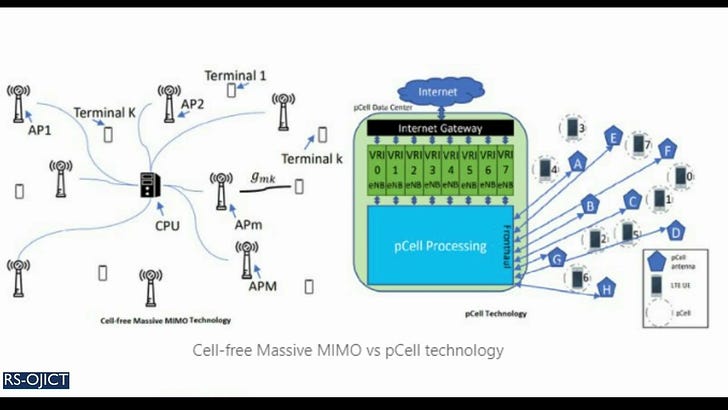


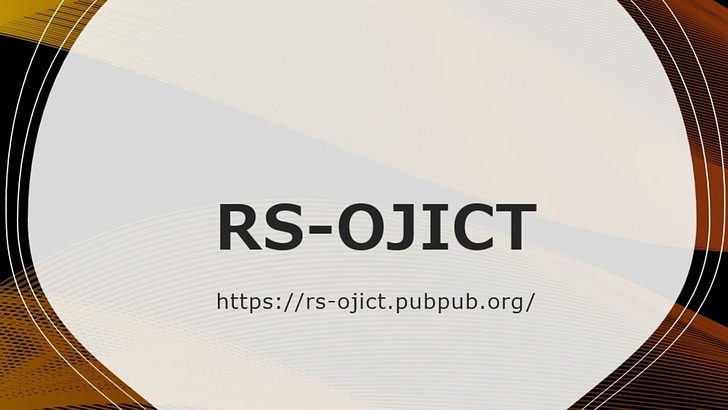
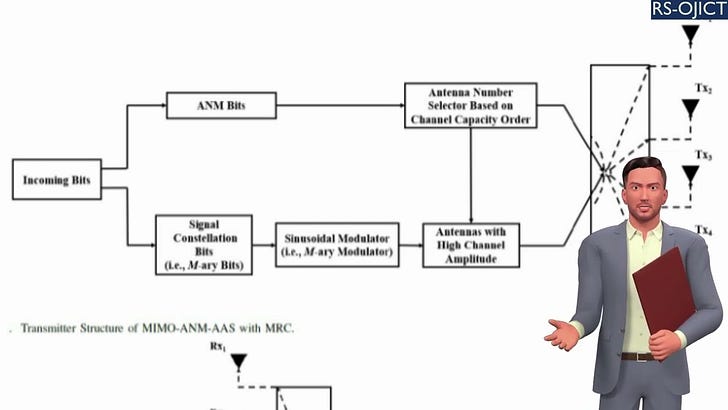
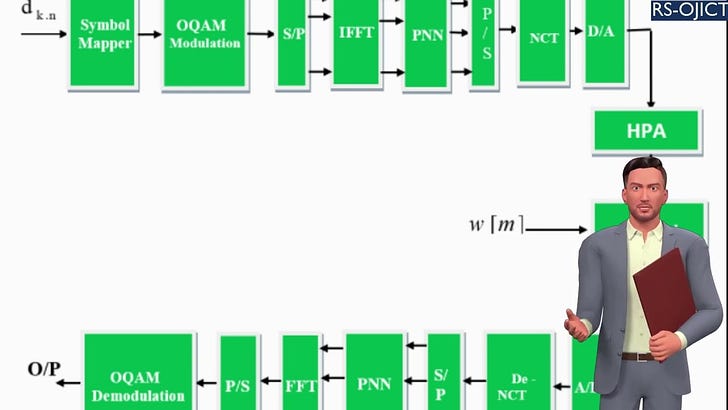
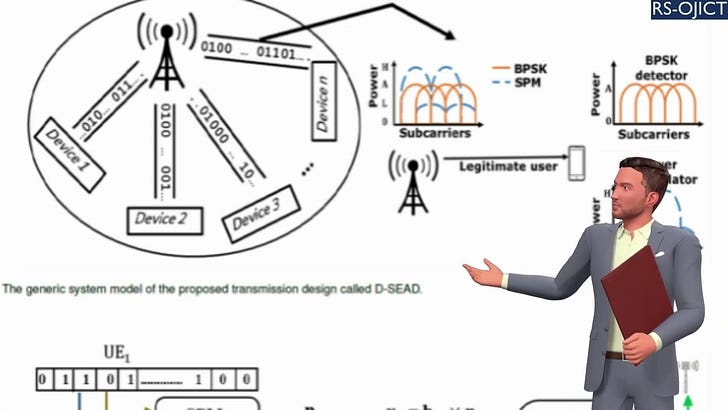
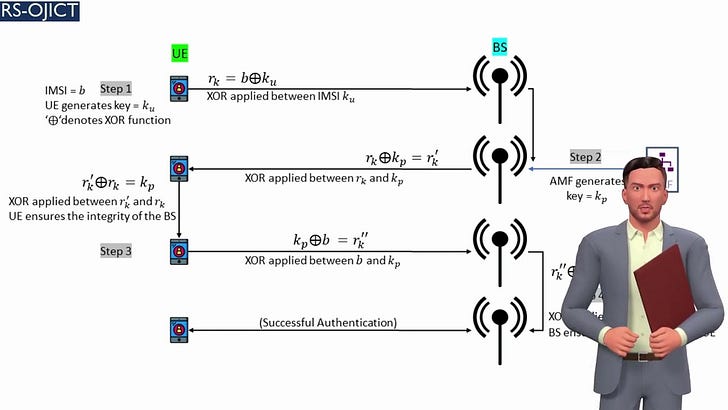
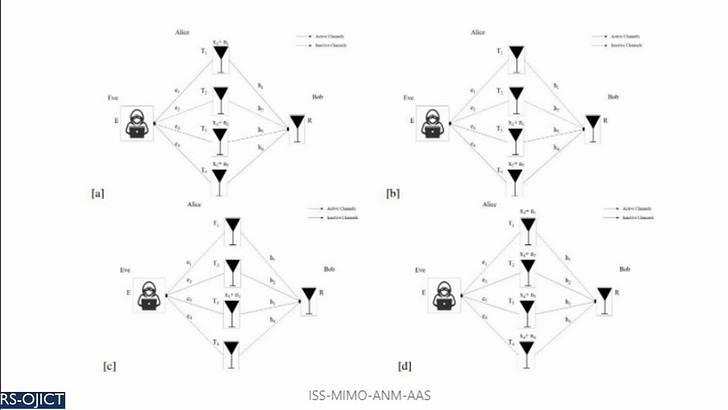
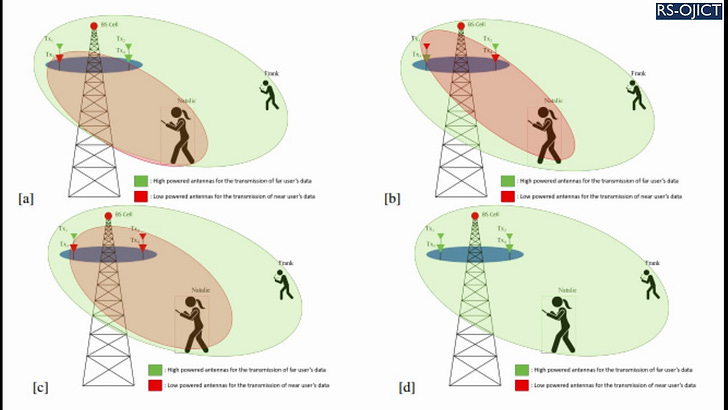
Share this post